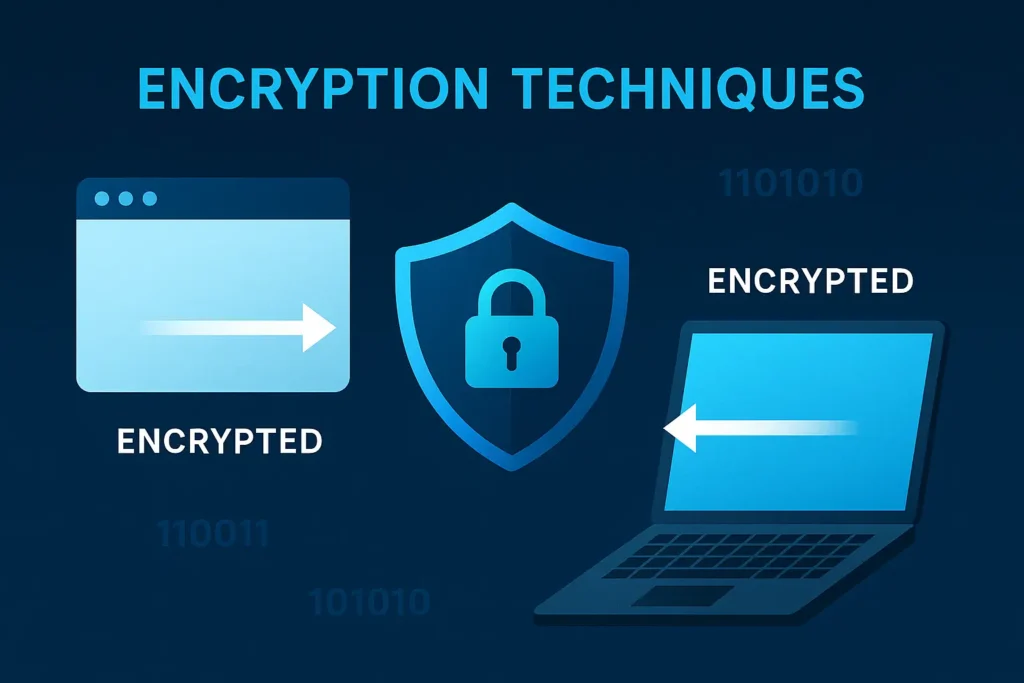
What Makes a Website That Uses Encryption Techniques to Secure Its Data Truly Safe?
Encryption is the backbone of modern web security. Any website that uses encryption techniques to secure its data isn’t just checking a compliance box—it’s actively defending user privacy and data integrity against a broad spectrum of threats.
Most secure websites implement SSL/TLS encryption protocols, which establish a secure channel between a client (browser) and the server. These protocols rely on asymmetric cryptography to negotiate a symmetric session key, ensuring that data in transit remains confidential and cannot be altered without detection.

However, merely having an SSL certificate is not enough. Technical misconfigurations such as:
- Expired or self-signed certificates
- Use of deprecated TLS versions (e.g., TLS 1.0 or 1.1)
- Weak cipher suites (e.g., RC4, 3DES)
- Lack of HTTP Strict Transport Security (HSTS)can leave the door open to downgrade attacks, man-in-the-middle (MITM) interception, and protocol exploits.
In a well-secured website:
- TLS 1.2 or TLS 1.3 is enforced by default
- Forward Secrecy (FS) is enabled through ECDHE or DHE
- A strong Content Security Policy (CSP) complements transport encryption
- Certificate transparency logs are monitored for unauthorized issuances
Moreover, encryption should extend beyond transport. At-rest encryption (AES-256, ChaCha20) for databases and backups is equally vital, especially for platforms like WordPress where data leaks can occur via outdated plugins or unsecured file permissions.
Monitoring and vulnerability assessment are essential to validate that encryption layers are properly configured and updated. Automation tools can check SSL health, but deeper scans are needed to detect indirect risks, such as mixed content, exposed subdomains, or weak API endpoints.
If you’re unsure whether your website’s encryption truly holds up under scrutiny, we can help. Our vulnerability scan services analyze your WordPress site for both surface-level and deep protocol-layer security issues. From TLS handshake validation to plugin exploit detection, we provide actionable insights to strengthen your digital perimeter.
If you want to explore other articles similar to What Makes a Website That Uses Encryption Techniques to Secure Its Data Truly Safe? you can visit the Web Vulnerabilities.






Leave a Reply